A boat ride into Vietnam’s timeless wonder
- Wednesday, Apr 16, 2025, 20:56 (GMT+7)
A boat ride into Vietnam’s timeless wonder
Drifting quietly on a bamboo boat through the heart of Trang An, I felt as though I had slipped into another realm. There were no honking horns, no frantic rush of modern life—only the gentle dip of oars breaking the water’s surface and the soft whispers of wind weaving through towering limestone cliffs. This was no ordinary sightseeing trip. It was a passage back in time, to a place where the clock seems to pause, where human beings reconnect with nature and their roots in the purest, most profound way. Trang An is not just a scenic destination—it is a mythical kingdom cloaked in majestic mountains and flooded with the glowing light of memories.
Located in the ancient capital of Hoa Lu in Ninh Binh Province, Trang An sits at the very heart of the Trang An Scenic Landscape Complex, a UNESCO World Cultural and Natural Heritage site. Here, nature and history, stone and water, legend and life coexist in a rare and harmonious dance. Serpentine limestone ridges rise and fall, crystal-clear streams snake through lush valleys, and a network of caves connects to form a surreal labyrinth that feels freshly discovered with each visit, no matter how many times you’ve been.
Trang An is often likened to an inland version of Halong Bay, but there’s something deeper here—something more soulful. Beneath its stunning exterior lies a profound cultural and historical resonance. This land once hosted Vietnam’s first centralized feudal monarchy under King Dinh Bo Linh. Each cave and winding waterway carries a legend of its own: the pitch-black Darkness Cave echoes buried memories; the radiant Light Cave reflects centuries of history like a glimmering mirror; and the Wine-Brewing Cave tells the tale of ancient kings whose ceremonial rice wine was distilled using sacred spring water from within.
I remember passing through the Ba Giot (Three Drops) Cave for the first time—my heart grew still, as though I had just heard a whisper from the past. The cave was long and shadowed, its ceiling so low we had to bow our heads. But as a sliver of light broke through at the end, the entire world seemed to awaken—an enchanting valley unfolded before us, blooming with violet water lilies and alive with the flutter of birdsong. That moment, moving from darkness to light, felt like a spiritual journey—through inner depths and back into breath. Perhaps it’s that very transformation that makes Trang An not just a place to admire, but a place to reflect, to be healed.
I used to think one visit to Trang An would be enough. But the truth is, each season paints this landscape with a different soul. In spring, the air is tender and laced with the scent of fresh greenery, and the mirror-like waters reflect drifting clouds. Summer bursts into bloom with lotus flowers carpeting the valleys, their delicate fragrance carried on the breeze like an invitation to dream. Autumn brings crisp skies and gentle winds, casting everything in warm, golden hues that soften the soul. And in winter, though cold, Trang An glows with a poetic stillness—a quiet magic cloaking the cliffs in mystery.
My most recent visit was on a misty March morning. I set off early, while the dew still kissed the water’s surface. The boatwoman, well into her sixties, rowed with the grace of a dancer—her hands swift, her voice slow, as if telling a fairytale. “I row three trips a day,” she said, “but never feel tired. This place is sacred. It lightens your heart.” I just smiled then, but when I got home, her words lingered. Trang An doesn’t overwhelm like other grand landmarks—it silences you, then stays with you, quietly and deeply.
If you plan to visit Trang An, here’s my advice: go early. The fewer people, the better. Choose the longest tour if you can—each route reveals a different world. Don’t rush. Let the boat glide slowly. Let the sunlight dance on the water. Let the oars echo against the cliffs. Let the rhythms of nature lead you into one of life’s rare, peaceful pauses.
Nearby, you’ll find Hoa Lu Ancient Capital and Bai Dinh Pagoda, both worth exploring if you seek a deeper understanding of this region’s cultural layers. But if you only have one day, stay with Trang An. Eat a bowl of crispy rice with mountain goat in a local village, sip hot tea while watching the sunset from a quiet homestay at the forest’s edge—it’s a chance to slow down in a world that refuses to stop.
People often say we travel to see how vast the world can be. But Trang An reminds me that some places let you find the whole world in a single gaze. It is made of mountains, yes, but not the kind that tower over you—it invites you instead. It is filled with water, but not the crashing waves of the sea—it flows gently, like time long forgotten. Trang An is quiet, ancient, and yet it always calls you back, again and again.
There are places you capture in photos—and there are places like Trang An, which remain long after you’ve left, carried not in pictures but in feeling. That’s why I believe it’s no coincidence that Trang An is called a “heritage of humanity.” Because this place doesn’t just dazzle the eyes—it touches memory, in the most personal, tender way. And maybe, one day, when life gets noisy and your soul feels weary, all you’ll need to do is close your eyes—and Trang An will return, like a peaceful sanctuary your heart never really left.

 CHECKIN.VN
CHECKIN.VN

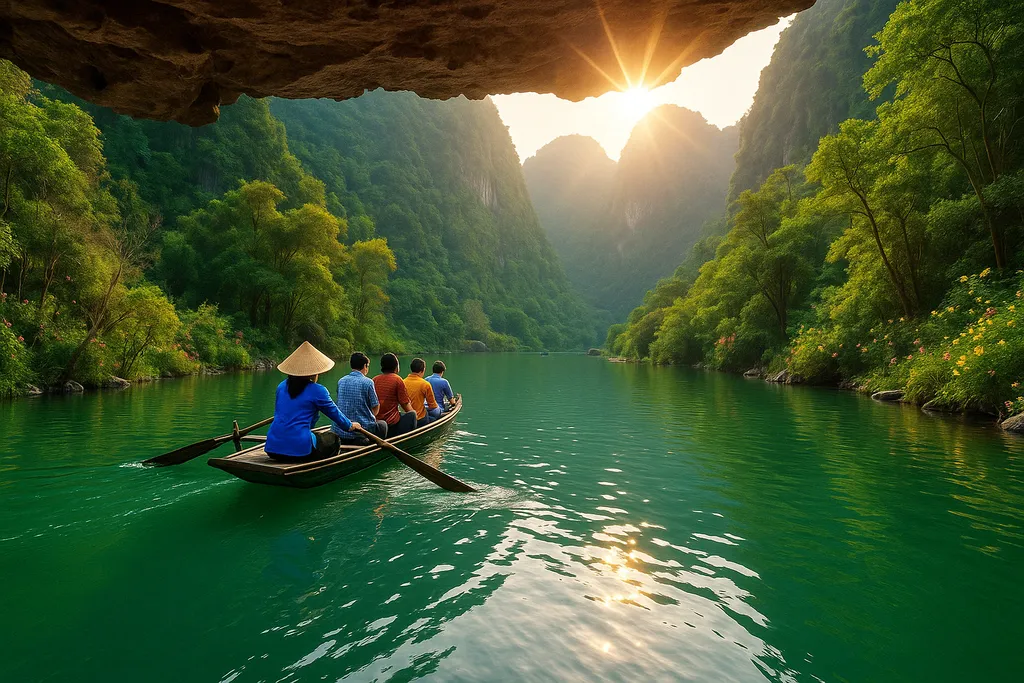
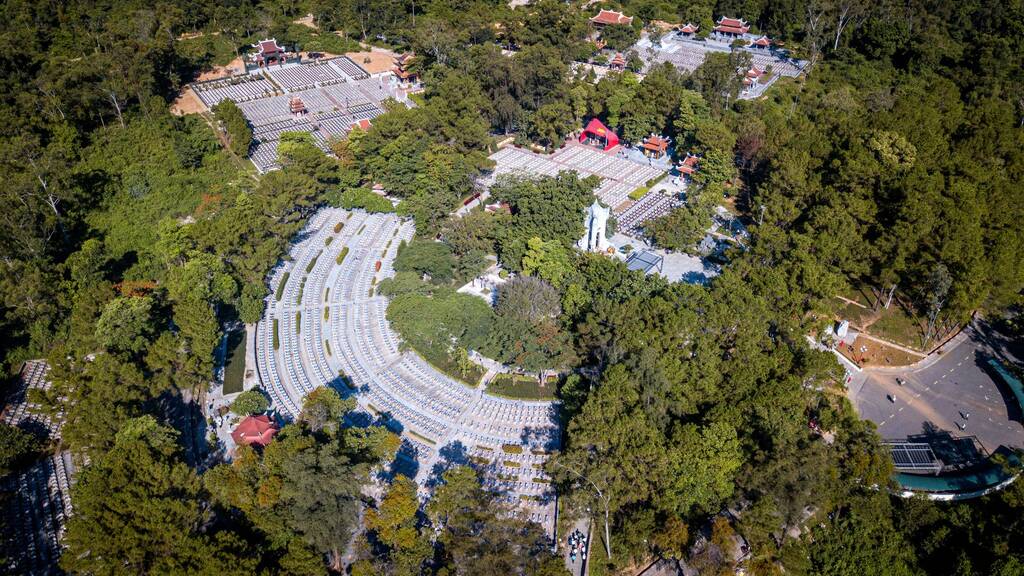

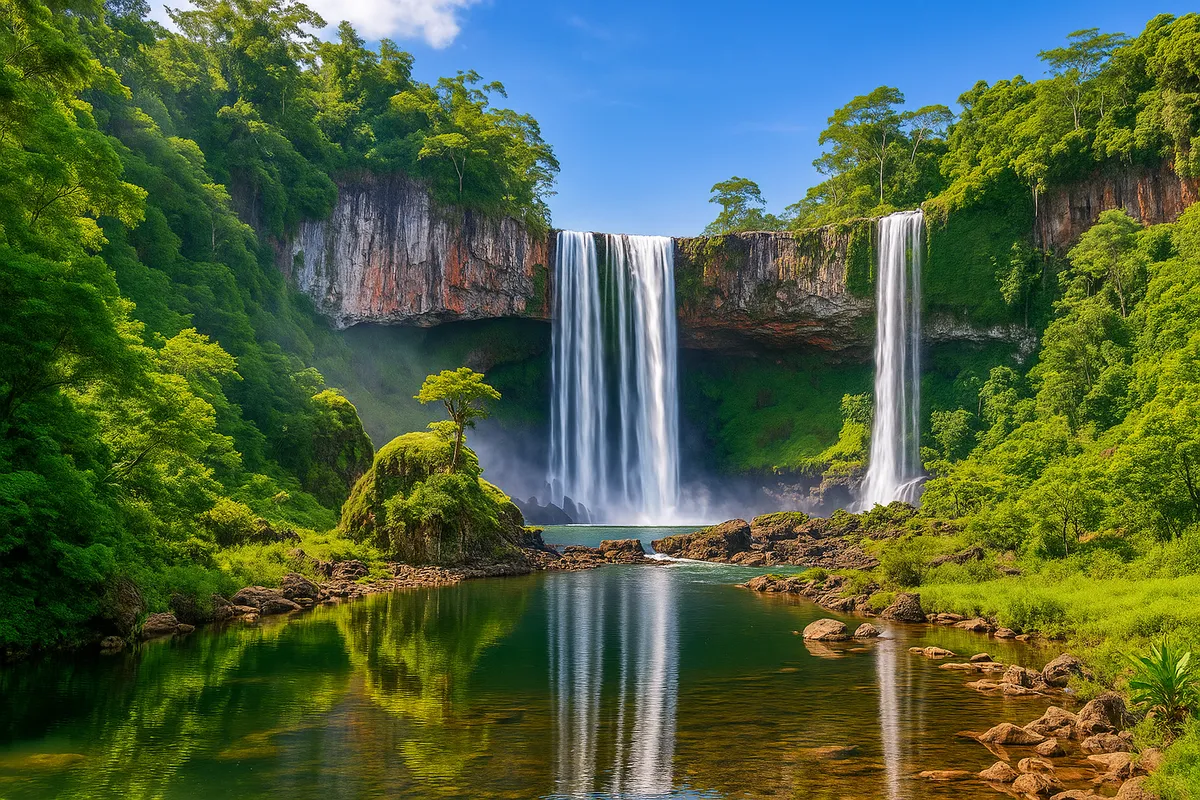
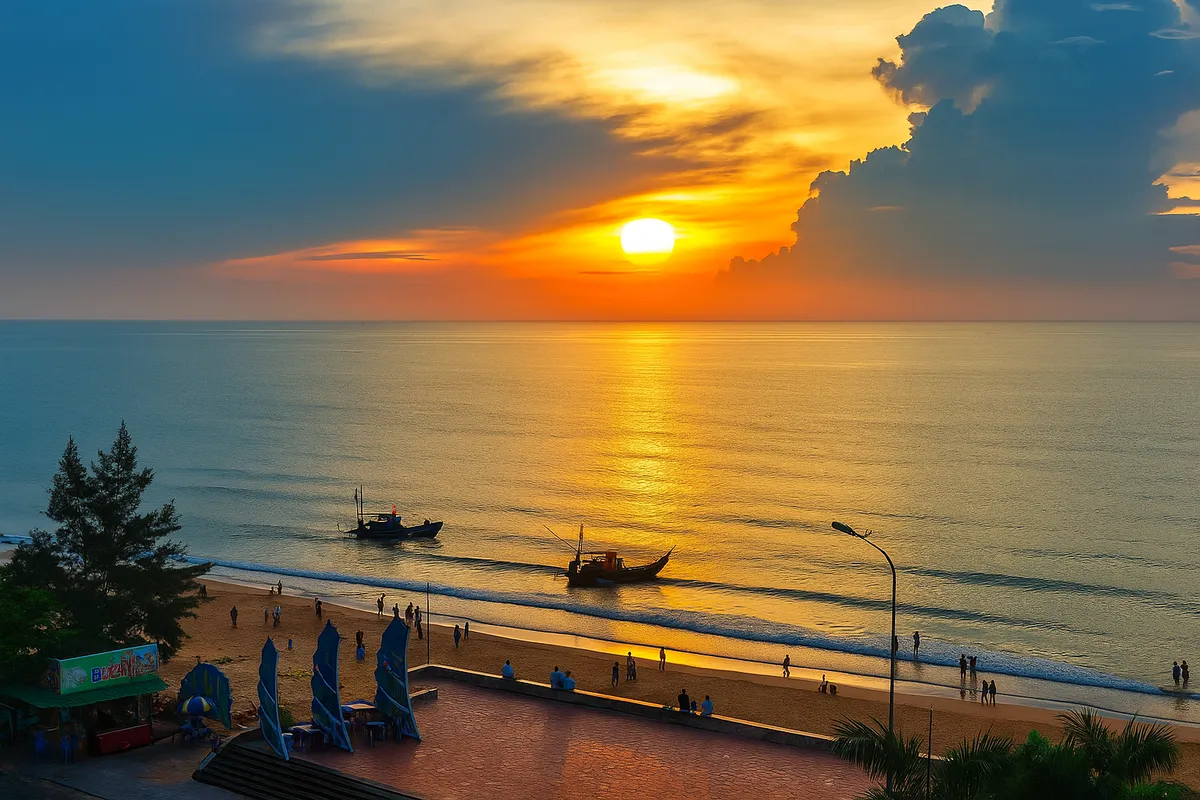
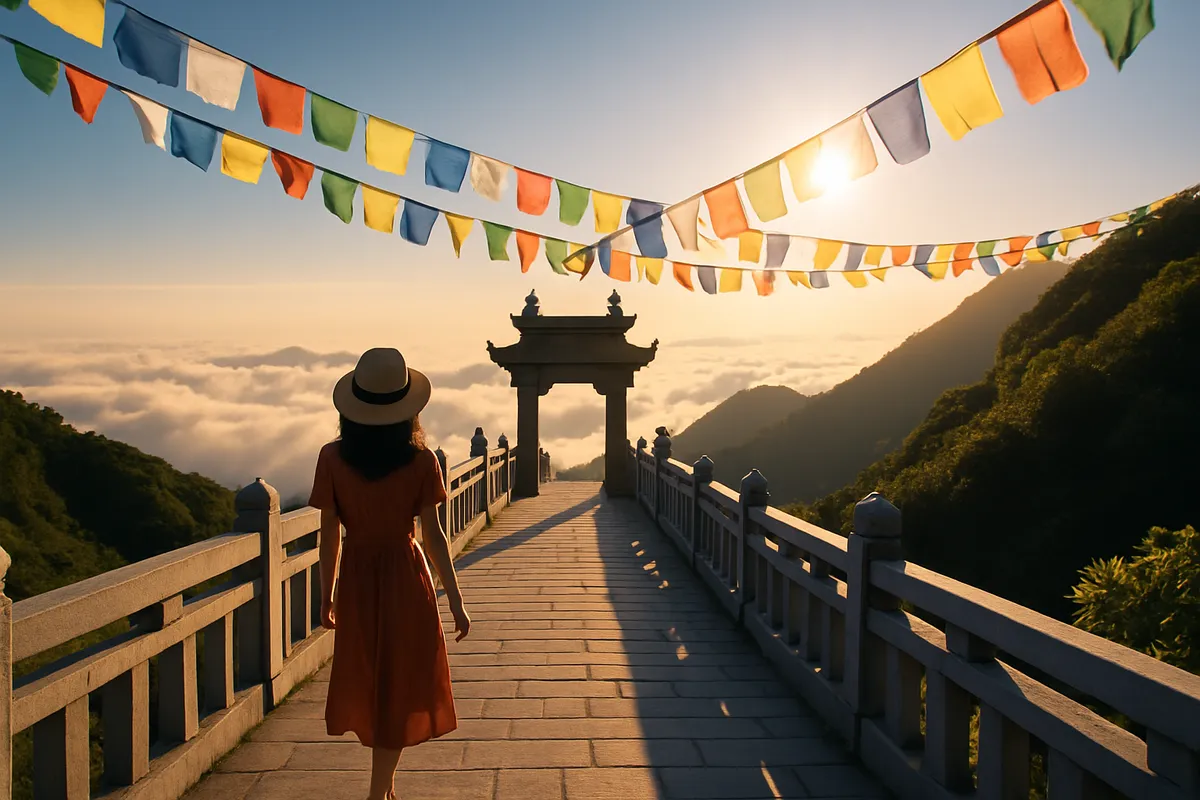

Share on